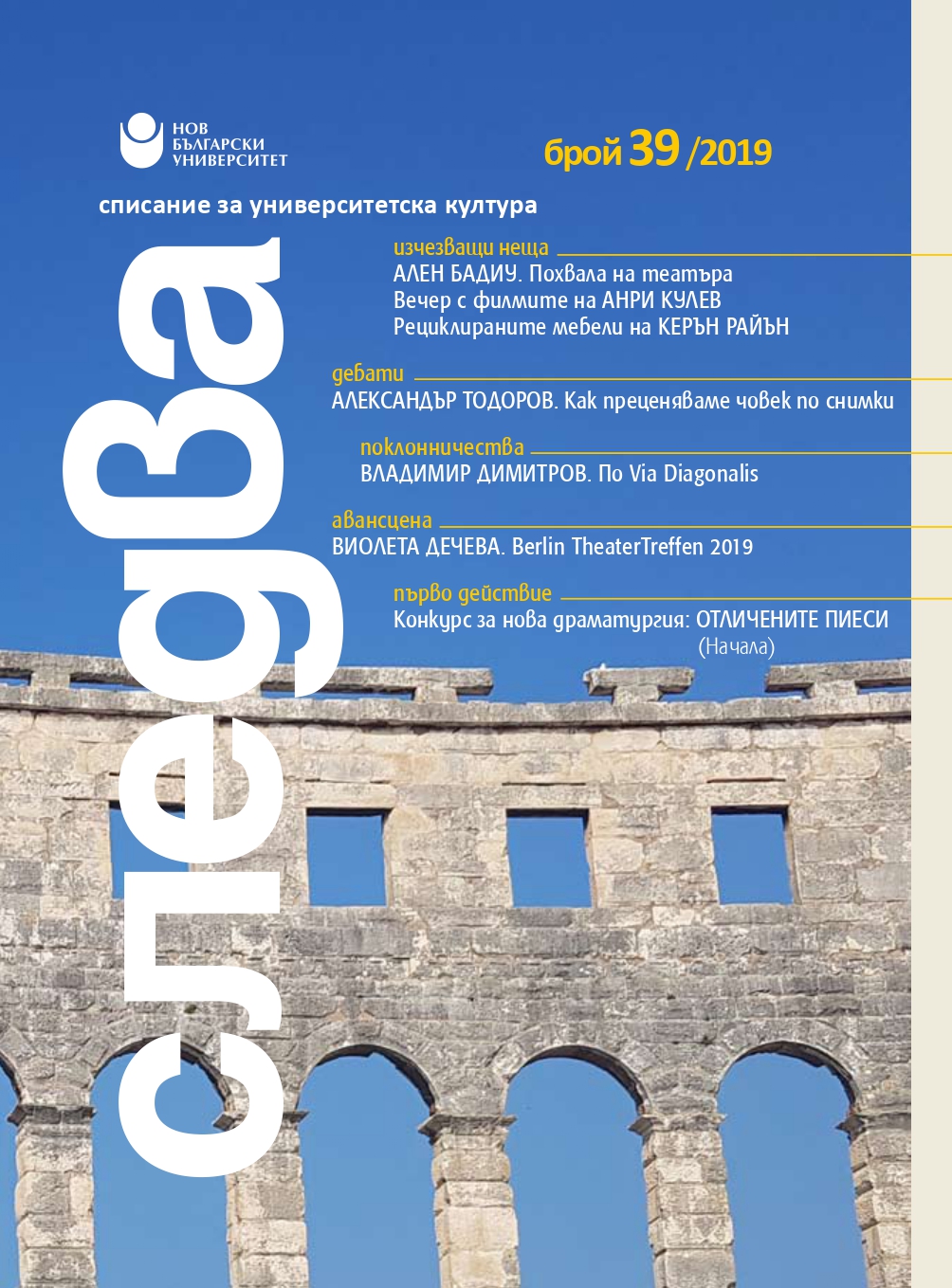
We kindly inform you that, as long as the subject affiliation of our 300.000+ articles is in progress, you might get unsufficient or no results on your third level or second level search. In this case, please broaden your search criteria.


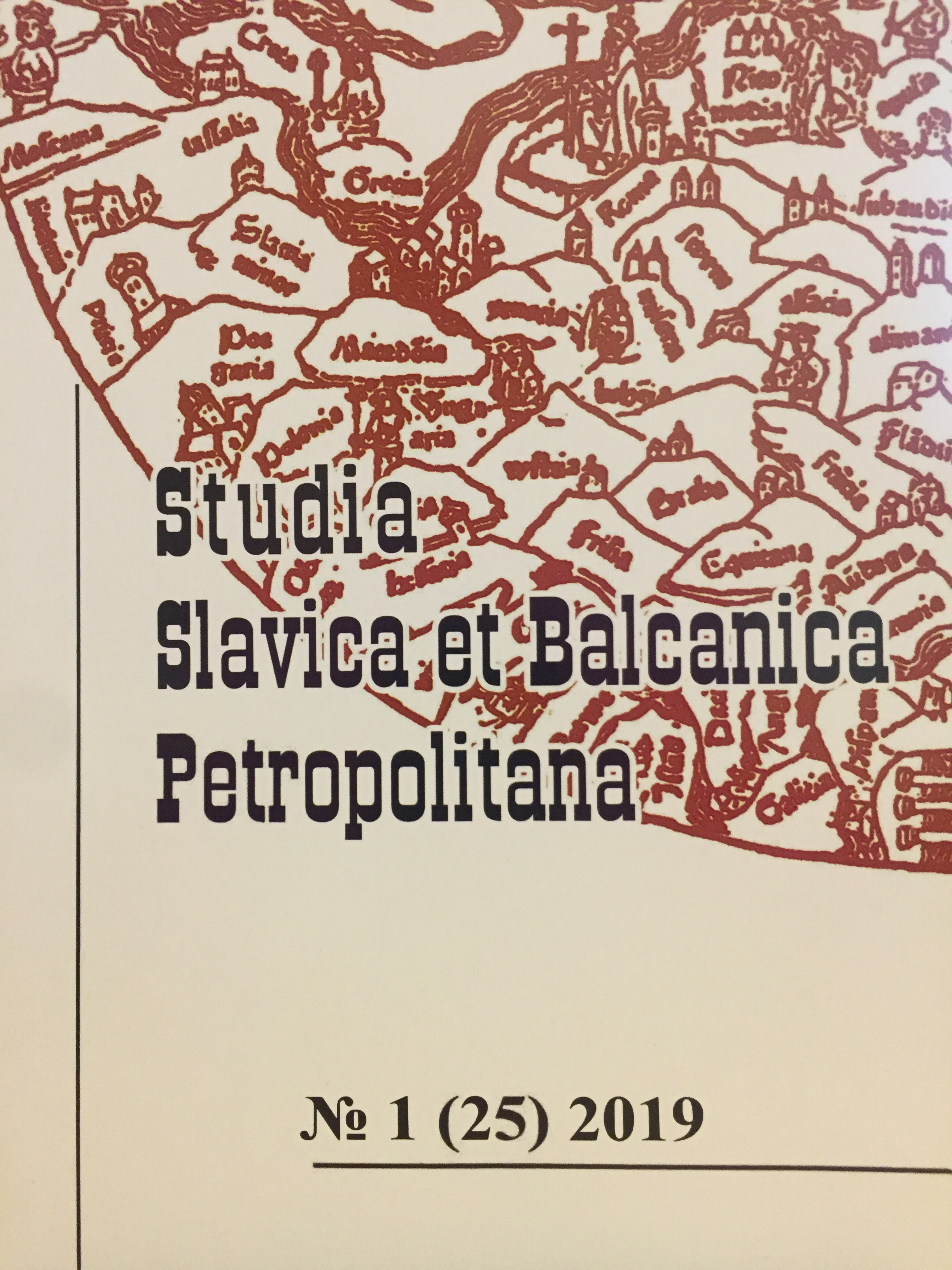
Studies of daily culture today have become an important part of historical and cultural studies. Private details, as structural elements of the home space and everyday life, are in priority in usual area exploring. Works of small plastic are such details. The study of the complex of works, stylistic features, places in the house area and links with cultural and historical processes are based on the integration of historical, cultural and art studies.The images of small plastic, created on the motives of the poem by Alexander Pushkin “Bakhchisarai fountain” and the ballet of the same name by Boris Asafievare the articlefocus.Three trends in the development of artistic images in the art of porcelain, bronze and cast iron are documented on the basis of an analysis of the works by Natalia Danko, Elena Janson-Manizer, Olga Taezhnaya-Chechuina, Anatoly Kiselev, VladislavShcherbiny (1920–1970 years). In addition, the scientific interest is the study of the place of works of small plastic in the space of everyday culture.The article highlights three aspects of this study: 1) the artistic component of industrial art works, 2) their place in the typical interior area, 3) studying the processes of popularizing the ballet art as a strategic direction of the Soviet cultural policy.
More...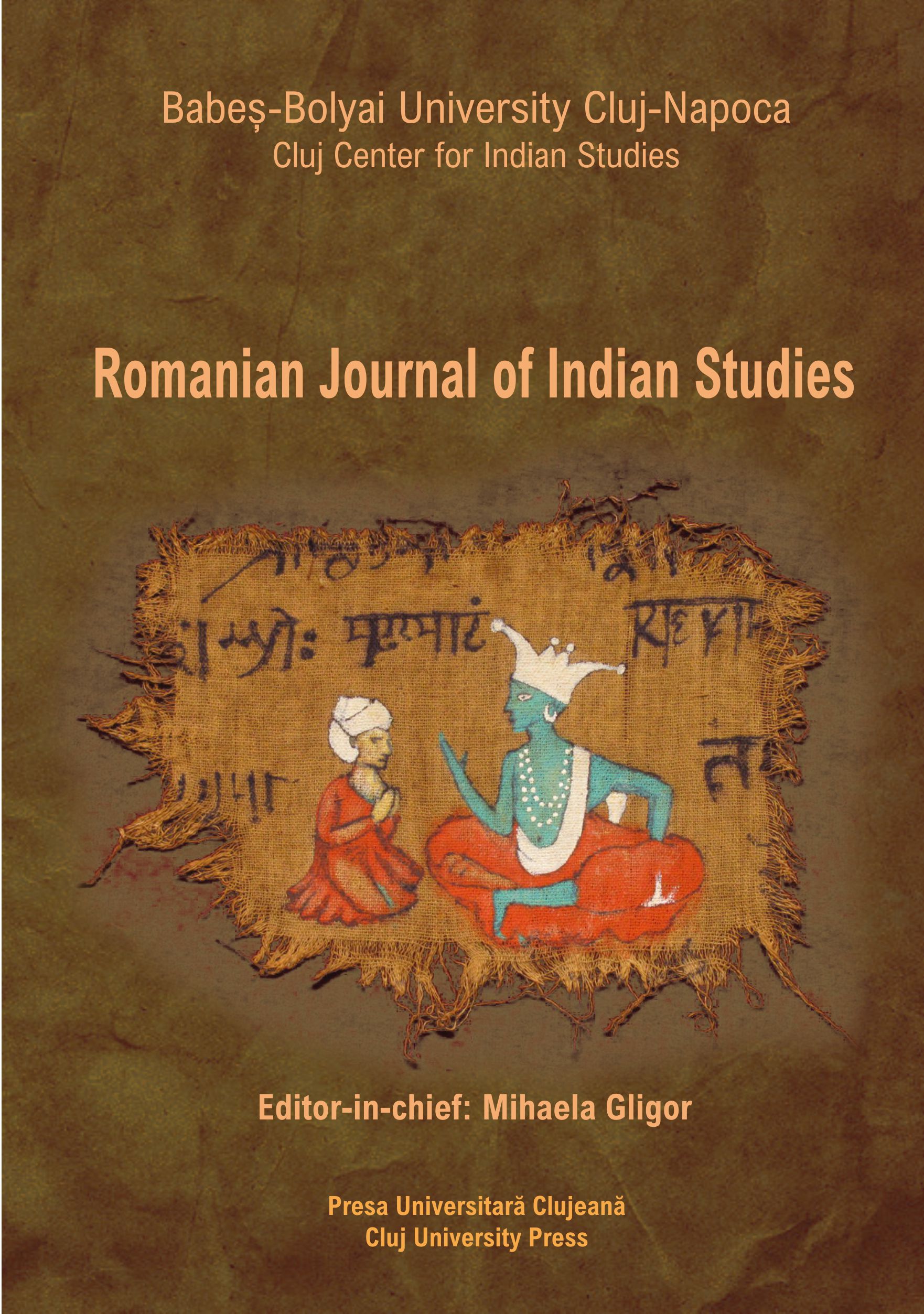

How many are the Rāmas? Rāmaṉ ettaṉai Rāmaṉaṭi is a popular movie song. Kṛṣṇa is here (Kurukṣetra), yonder(Bṛndāvana) and everywhere (minds of devotees). The two are the principal characters in the hymns of the Āḻvārs that lead to meditate on Kṛṣṇaism and Rāmaism. They are one with the avatāras of Viṣṇu, and at the same time on either polarity from the feminine point of view; Rāma is ekapatnīvratin and Kṛṣṇa’s anekapatnī. TheĀḻvārs, cf. hymns bearing on divyadeśa-Pullāṇi (Tirumaṅkai in Periya Tirumoḻi), and some north Indian folk songs view Rāma, the beloved of several lovesick maidens. The article proposes to discover Rāma in the Bṛndāvana (cf. Fig. 5), not Aśoka-vanaṃ. In either case, philosophically the several lively women are paśus committed to ātmanivedana due to virahabhakti.
More...
Vaṭapartraśayī is an iconographic form of Viṣṇu,representing the child - Krṣṇa (Kaṇha in Prākrit or Kaṇṇaṉ in Tamil)reposing on banyan-leaf conversing with the eternally youthful sage, Mārkaṇḍeya. Sculptural evidences of this form are traceable in the art of Tamilnāḍu since the Early Cōḻa period, early half of the 9thcentury CE (Desai 2013, 2016 and Gail 2014). Śeṣaśāyī finds theLord reposing on the eternal serpent, Ananta, also known as Śeṣa, an“emblem of eternity”. R.K.K. Rajarajan (2018: 14, 23) is uncertain whether Brahmā is affiliated with a child. The present article affirms Brahmā in early samples is somehow associated with of Vaṭapatraśāyī, the child-God. Brahmā originates from the lotus emanating from the umbilicus of padmanābha-Śeṣaśāyī. NeitherŚeṣaśāyī nor Brahmā are viewed in child-form in this case. TheTamil mystics, the Āḻvārs, have bequeathed a rich literature bearing on Vaṭapatraśāyī, called Ālilaimēvumāyaṉ (the Māya pervading over the banyan leaf).
More...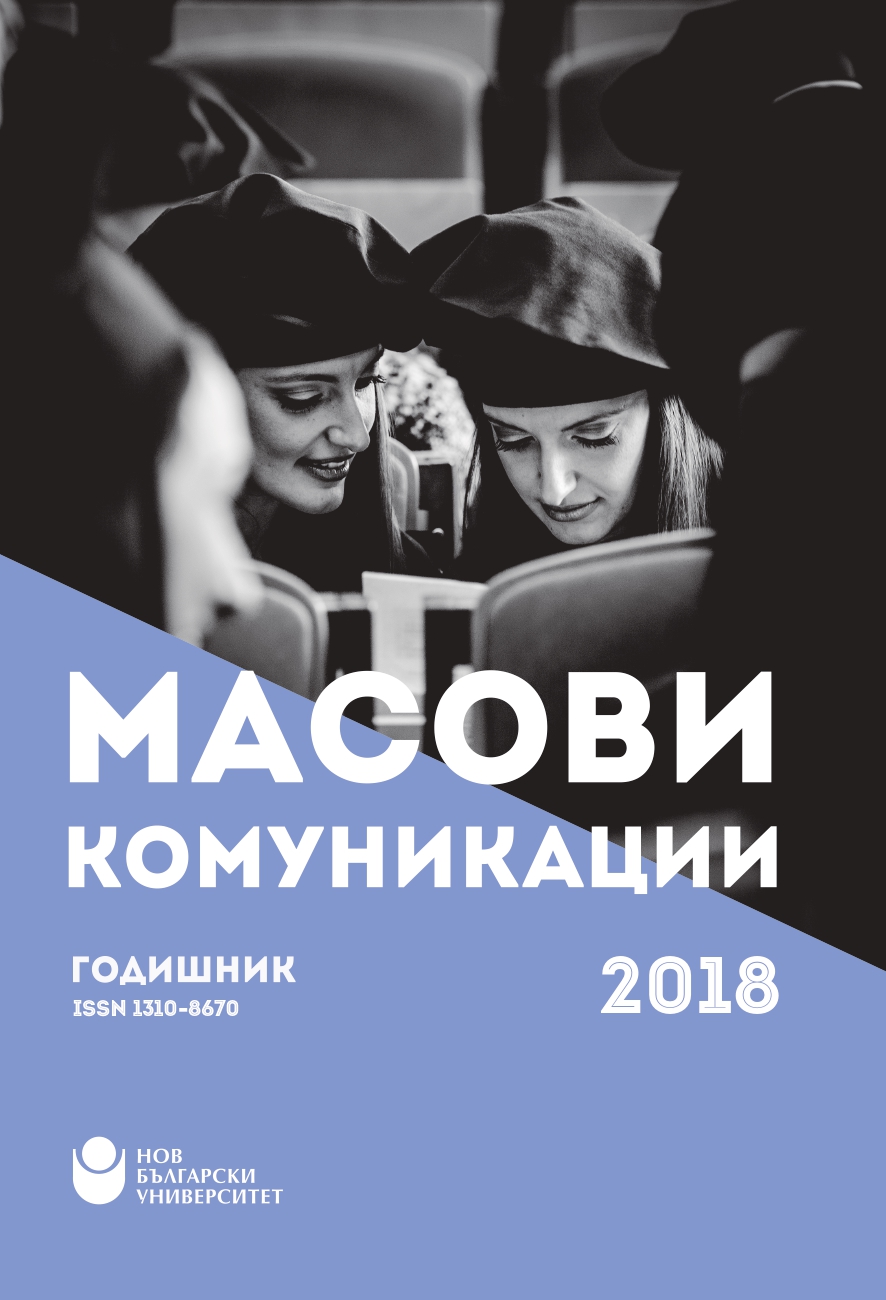
The article is about the costs of film production and analysis of the problem why it costs so much. Considering the opposite options and thus excluding them is the main method used while exploring the matter of different production components.
More...
Gamification is not some new phenomenon, but new technologies and social media and networks make the opportunities in front of gamification much bigger and something that communication experts cannot miss. Today the game is not regarded as waste of time, but as one of the best forms of education, relationship and development. Corporations use the elements and principles of game for better and more effective communication with consumers. The successful examples from the practice of different companies from all over the world show that gamification is at the moment a working and adequate way for communication with today’s people. At the end are presented some trends and the connection between gamification and block chain.
More...
The text follows the forms of support by public funds in Bulgaria for the short feature film’s productions. These are the executive agency National Film Center and the National Culture Fund, part of the Ministry of Culture with their different and specific requirements and budgets. The incident Support in 2017 provided a Cultural Program for the Bulgarian Presidency of the Council of the EU. The Culture Program of Sofia Municipality and the Bulgarian National Television are missing as opportunities. The conclusion is that the government and the authorities have neither a shortterm nor a long-term policy on short feature format and it remains a „cinema in shadow“.
More...
Georgi Ivanov Nikolov is among the most prominent journalists and entrepreneurs in the media sector during the Third Bulgarian Kingdom. Over the course of Media; Artificial intelligence; Journalistic practice, Digital communications only 20 years at the end of the 19th and the beginning of the 20th century, he was the founder, editor, director, and owner of six newspapers and two news agencies. He is also well remembered as a journalist active in a number of media outlets, where he published thousands of articles. His achievements also include the authorship of two books on the history of the Bulgarian periodical print publications. AfterWWI, he gradually stepped down from an active journalistic position and transitioned to publishing historical articles and books. The literature lacks an independent study of Nikolov’s work in the areas of journalism and history, and this article aims to fill this gap.
More...
The text presents a project dedicated to media literacy that was developed with students in the Online Communications course, which was the springboard for a more in-depth analysis of the topic. In our information saturated age one of the most important skills is how to handle it fully and efficiently. The sifting of fake information critical thinking, responsible participation, high literacy are keys to a full use of the digital environment. The concepts of media and information literacy are examined on the basis of which four elements in the definitions are presented and analyzed in more details. Successful European examples in the development of media literacy of citizens are included in the analysis.
More...
Autonomous status of Turkey Radio and Television Corporation, has been bothered all circles since it gain this status. Governments were aware of the importance of the radio, and in particular the importance of television. Therefore, it is understandable the effort to control state television in societies where the culture of democracy is not fully established. Not only the government, but the military and the bureaucratic structure wanted to keep TRT under control. This also highlights once again the importance of TRT as a sole public service broadcaster for Turkey. This period, which extended from the 1971 Memorandum to the 1980 military coup, was the beginning of the development of Turkish television, the beginning of local productions, the loss of the autonomy of TRT and its transition to the control of the sovereign powers.
More...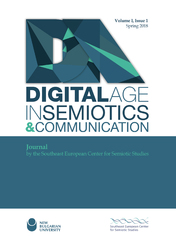
Recently, a peculiar narrative configuration has developed and is spreading through the internet culture and new media. Characterised by a specific representation of the individual growth process, Apeiron narratives find their origin in pen & paper role-playing games, but it is only after the development of digital games and the diffusion of the Japanese cultural codex through the contemporary mediascape that they have become a coherent, autonomous and viral phenomenon. In the following pages, this narrative configuration will be described through a series of paradigmatic examples; its roots will be traced back to the peculiar traits of role-playing games, and the importance of recent digital adaptation will be highlighted. Finally, I will describe its diffusion beyond the domain of fictional text, hinting at possible environments for its diffusion.
More...
The relation between the humanities and information technologies has become so strong in recent decades that it is no longer possible to see this relationship as a mere temporary phenomenon. Together with massive digitalization of books, journals and other texts, collected into extensive electronic libraries and hypertextual databases, it is now necessary to rethink and redefine not only the concept of reading, but to specify new possibilities for analysing literary and specialized texts. The aim of this study is to point at new approaches to reading large text collections in the light of Moretti’s method of distant reading. This paper uses the methodological issues of relation between distant reading and Russian formalism as background for this consideration.
More...
Facebook offers great opportunities for brands to connect with customers and build relationships with them in order to increase their loyalty and the company’s sales. In regards to these goals, one of the most important key performance indicators is the customers’ activity – liking, commenting, sharing, recommending, expressing love, etc. On one hand, there is a lot of research on customers’ engagement, behavior and motivation. These studies provide valuable information for marketers to understand the way in which individuals use the social network and interact with others as well as the reasons behind their actions. Based on this knowledge they can develop their communication strategies and create content which has impact on the target audience. On the other, there are still some research gaps which can be further explored. One of them is related to the impact of one of the most important company assets – the brand culture, on the customer’s behavior and willingness to become part of the digital brand story. This paper presents a Facebook brand page users typology, developed by using a semiotic approach, which is based on their brand culture adoption and brand narrative engagement.
More...
Today the world is connected more than ever before and expectation is ½ of the global population to be digitalized till 2020 year. This remarkable development of internet technologies defines the way people live, including our work experiences, shopping attitudes and entertainment modes. Internet has defined corporate culture, as well. By tracking development of past, dominant and emerging codes and in the search-reach of proper consumer, companies nowadays have adopted digital marketing and trade strategies as one of the efficient ways for doing business. But does digital marketing work for all industries? There are sectors like pharmacy, alcohol and tobacco that are regulated and subjected to control due to implied business specifics. This article aims to review the digital culture of the regulated industries. Particular concentration is given on tobacco – cigarette sector. The paper will show a content analysis of the internet environment, by reviewing pro-smoking and anti-smoking activities, players, communication channels, level of marketing and most of all, the narrative and discourse across social medias, official web sites of enterprise, institutions and etc.
More...
Social media are a new phenomenon attracting the interest of researchers from different fields–marketing experts, sociologists, anthropologists, even philosophers and semioticians. The problems related to them vary and many remain unanswered. The current paper analyzes the level of social media habituation, taking Charles Peirce`s evolutionary cosmology, and more specifically the concept of effete mind, as its milestones. Other important studies considered here are from the fields of anthropology and media studies. Communication and the transfer of information have always been vital for living creatures, not only humans but animals, plants and even microorganisms. During the centuries of our existence and evolution we have developed complicated sign systems to satisfy the need for knowledge transfer among the members of our social groups. In the digital era many questions about the new forms of communication arise. Here I will analyze one of them: are these new media something totally new or do they follow some kind of universal tendency and predisposition? To answer this question I will consider Charles Peirce`s ideas of habit and habit-taking tendency, his concepts of living and effete mind, together with the studies of Robin Dunbar and Tom Standage. In his book Writing on the wall. Social media–the first 2, 000 years (2013) Standage examines the question of writing on the walls as one of the oldest methods of communication and knowledge transfer. It dates back to the age of cavemen, long before any of societyЎЇs modern tools were even considered possible. Over the centuries these methods evolved and became more sophisticated but it kept their essence and main function–to transfer information for the well-being of the group and its members. Centuries ago at the dawn of human kind, the necessity of survival shaped our predisposition for communication. Since then, the tools have changed but the necessity and the reasons for it remain the same. As such, the current state of well-developed digital social media could be considered a manifestation of the Peircean concept of habit-taking tendency, combined with human natural need of communication and information sharing stated by Standage and also by the evolutionary anthropologist Robin Dunbar.
More...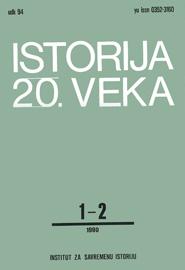
After the revolution and the civil war had been concluded, several million of people emigrated from the Soviet Union, a small number of whom arrived to the just founded Kingdom of Serbs, Croats and Slovenes. The Russian emigration was cordially and warmly received, both by the official organs of authority and by the population, particularly its Orthodox part. According to accessible data, about 62% of Russian emigrants were constituted by people with secondary school education, approximately 13% had a higher and high education, whereas only 3% of emigrants were illiterate. Several moments were characteristic of the Russian emigration in the Kingdom of Serbs, Croats and Slovenes; they considered their exile as a temporary conditions and they lived in an „entirely refugees’ way”; they had a very intensive and developed social life, i.e. they lived an „intensively Russian life” creating numerous professional, political, cultural organizations; they had difficulties in adapting themselves to the new environment and including themselves into it, subordinating their entire activity to the future life in Russia; they did not renounce their old habits (traditionalism which contained in it many values of the old order and which had to secure the continuity with the former life) and, what is particularly important, of the „Russian spirit and Russian culture" by which they ennobled and enriched the environment into which they had arrived. In the Kingdom of Yugoslavia the emigration has formed a special school system which enabled it to preserve its identity and its national being. In addition to the national, educational and cultural significance, the Russian schools had also an expressed political function to educate the youth who had to be „the cultural detachment of Russia in foreign countries”. The cultural importance of the Russian emigration is particularly reflected in the number of eruditely educated professors and scientists who left a visible trace in the work of universities and scientific institutions of the Kingdom, raised the level of science and teaching, founded the study of scientific disciplines which were not cultivated until then in our country. The Russian emigration had also an intensive literary and artistic life and numerous workers in different domains of creativity, that reflected itself in the milieu they arrived in and which it ennobled, by its cultural mission, its zeal, its tradition and its spirit and made it more cultural and more enlightened.
More...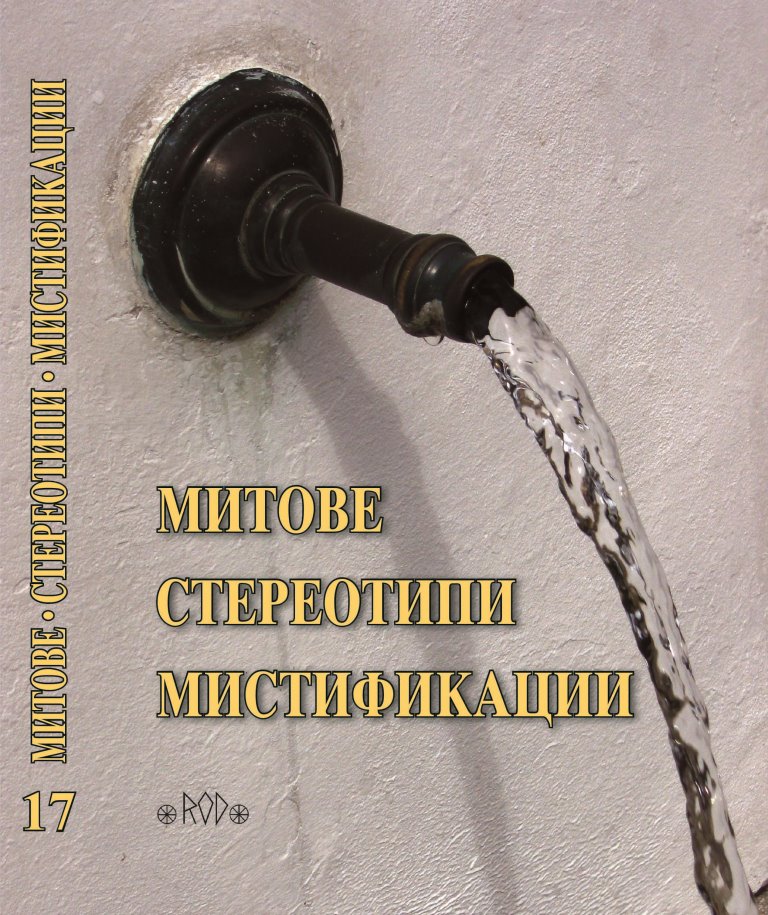
Until recently, the definition of music folklore included “oral/aural” as a central category for distribution and reception of folk music artefacts. The recording era facilitated the distribution of the song and dance music to a much wider audience while eliminating the need for physical presence of the performers. The digitization of music folklore has had further consequences both in musical and non-musical aspects. On the other hand, the contemporary presentation of the Macedonian musical folklore started with the radio broadcast in the first half of the 20th century, continued with the television in the second half of the 20th century, and since the beginning of the 21st century mostly transferred on the internet. All of the media and stage performances inevitably included transformed repertoire, and modern appliances for sound amplification and recording which led to preservation and a vast quantity of archived music material. Overall, the elaboration of the researched material explicitly proofed an existence of a large number of musical elements inherited from the traditional forms, but also their transformation, or more likely adaptation in the contemporary environment. Therefore, the contemporary means for transfer of the Macedonian music folklore are in continuity with the tradition, regardless of the significant changes that happened in the regional music culture in the meantime.
More...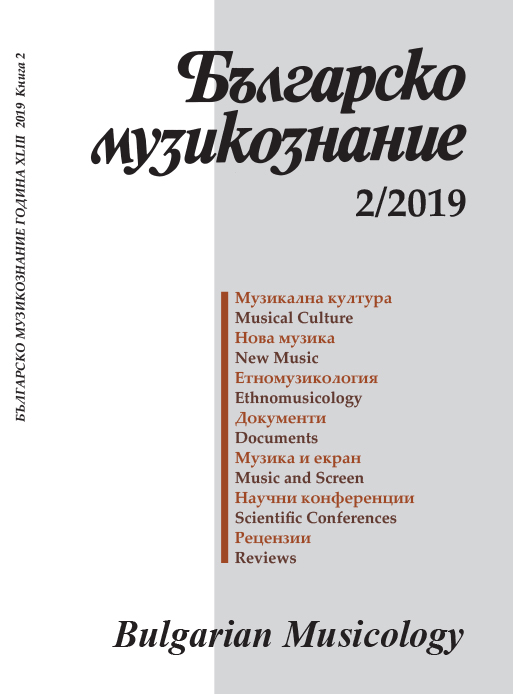
The paper presents a particular stage in a more extensive study seeking to elucidate national amateur music and art-related activities with reference to folklore as a social field (according to Bourdieu). The period under consideration is between 1954, when the Peoples’ Art Central House (PACH) was established, and 1960, when the earliest folk fairs were held to mark a new stage in the relationship between folklore and amateur art activities. The article seeks to outline the relations surfacing at that time between the wider social field of amateur music making and various subfields of professional music activities: 1. Interactions with composers (forming a group of ‘composers for the amateur activities’ arising from the need to develop repertoires and help amateur composers); 2. Interactions with professional performers (as a result of requirements to constantly improve the performance: patronage of amateur groups by professional ones; amateur groups led by young professional conductors; paid professional performers joining amateur groups); 3. Interactions with professional performers and musicologists in the area of training (PACH’s unclear strategy for coaching activities is traced using the Centre’s didactic publications in its journal, namely Amateur Art Activities, and so is the information about the seminars and courses). The relationship between these two social fields in the period was beneficial to the professional realm, which at the time was also in a phase of constituting, establishing and legitimating composers (in parallel with the Union of Bulgarian Composers), providing conductors with professional experience so that they could serve as a vehicle for professionalizing amateur groups and including them into the expanding network of professional institutions, opening up opportunities for the realization of professional musicians (conductors, performers and musicologists) as educators who could train amateurs at all levels, and not least, draw educated audiences to professional groups and performers.
More...